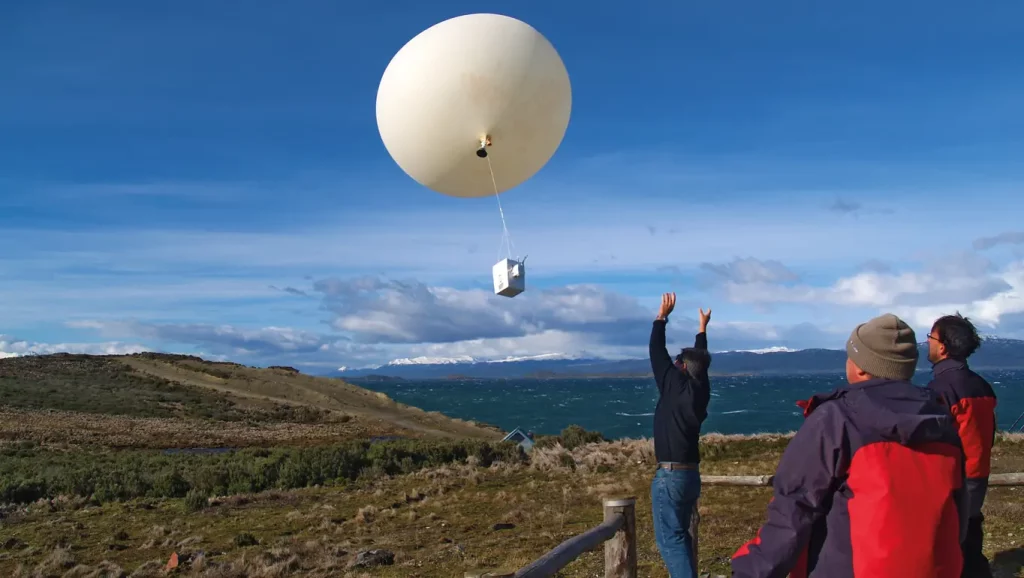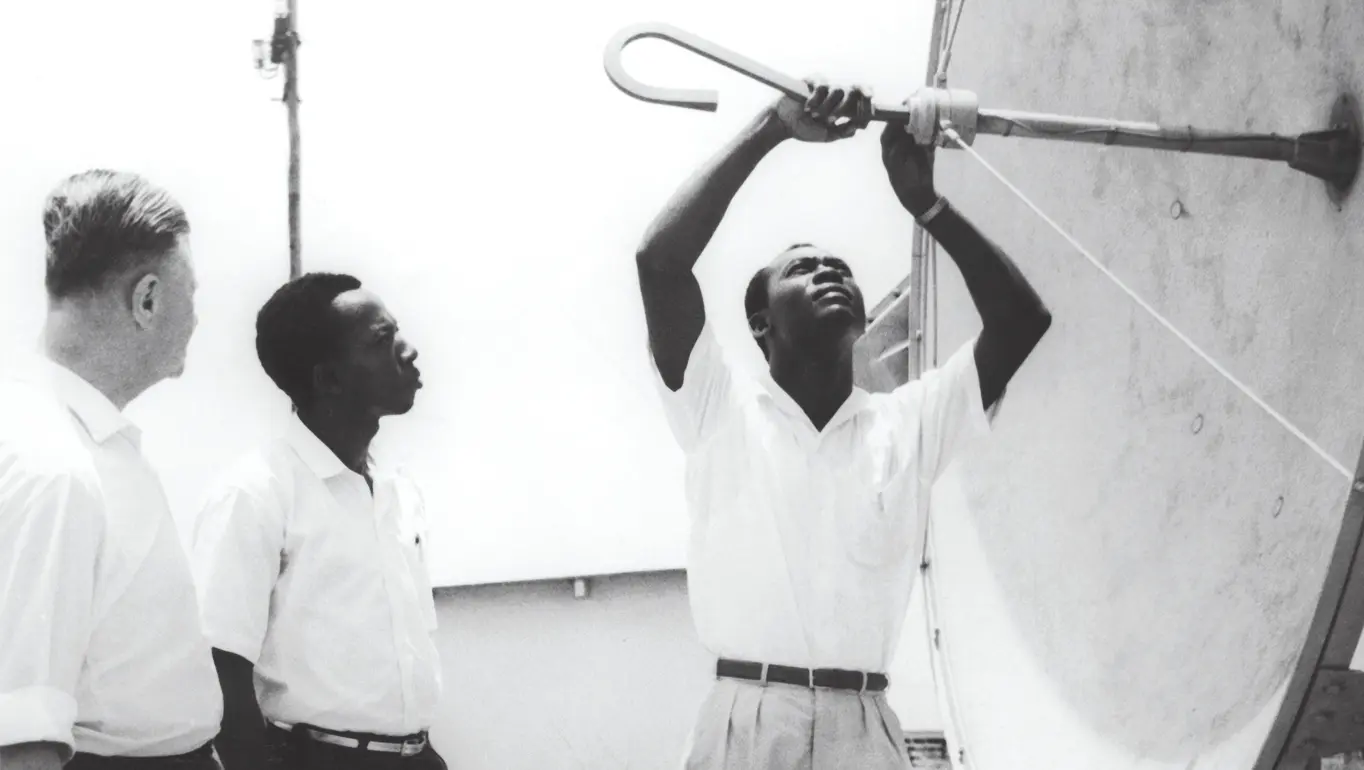Weather, climate and water respect no national boundaries. The World Meteorological Organization’s (WMO) history is a showcase of international collaboration and transforming science into action for the global good.
Since the enactment of the WMO Convention on 23 March 1950, it has coordinated and leveraged the work of National Meteorological and Hydrological Services, and partners around the world. It has set – and constantly raised – standards for high-quality, authoritative information and services to support decision-making in all sectors of the economy and society. In these unsettled times, the scientific leadership and the global cooperation facilitated by WMO is more important than ever before.
More than weather forecasting
Scientific data, information and services provided by the WMO community underpin decisions ranging from daily leisure activities to seasonal crop planting to long-term infrastructure investments. During the past 75 years, this has brought billions of dollars in added value to the global economy and saved billions more in averted economic losses from weather, climate, and water-related hazards. It has also saved hundreds of thousands of lives.
Even at the height of Cold War political tensions, in 1963, WMO established the World Weather Watch (WWW) – the worldwide system for observing and exchanging meteorological and related observations, which remains active even today.
WMO sponsored three World Climate Conferences (WCC) in 1979, 1990 and 2009. The 1979 Conference alerted the world about climate change and paved the way to the establishment of the Intergovernmental Panel on Climate Change (IPCC) by the United Nations Environment Programme (UNEP) and WMO in 1988. IPCC assessments provide a scientific basis for government policies.
WCC2 led to the establishment in 1992 of the United Nations Framework Convention on Climate Change (UNFCCC) and the Global Climate Observing System (GCOS). WCC3 ushered in the Global Framework for Climate Services (GFCS), which prioritized the development of climate services for agriculture and food security, disaster risk reduction, energy, health and water.
Early Warnings for All
Between 1970 and 2021, there were nearly 12,000 reported disasters attributable to weather, climate and water extremes. They caused just over two million deaths and $4.3 trillion in economic losses.
It is estimated that countries with inadequate Multi-Hazard Early Warning System (MHEWS) coverage have a nearly six times higher disaster-related mortality ratio than those with substantial to comprehensive coverage. And yet, only half of all countries worldwide report having adequate MHEWSs. The Early Warnings for All initiative, launched by United Nations Secretary-General António Guterres in March 2022, seeks to change that.
WMO works with its lead partners – the United Nations Office for Disaster Risk Reduction (UNDRR), the International Telecommunication Union (ITU), and the International Federation of Red Cross and Red Crescent Societies (IFRC) to achieve the goal of providing Early Warning for All by 2027. We have made progress, but we need to go further and we need to go faster. The theme of the 2025 World Meteorological Day on 23 March was therefore: Closing the Early Warning Gap Together.
Early Warnings for All is a moral imperative, and it makes economic sense. Studies have shown that every dollar invested in MHEWS can yield an average of nine dollars in net economic benefits. Just 24 hours’ notice of an impending storm or heatwave can reduce potential damage by 30%. A $800 million investment in such systems in developing countries could prevent annual losses of $3 billion–$ 6 billion.

The years ahead
2024 is likely to have been the first calendar year to temporarily hit 1.5 °C above the pre-industrial era. The figure is more than a statistic, every fraction of a degree matters to our lives and livelihoods. Extreme weather and climate are becoming more intense. We are seeing more frequent and intense heat waves, more devastating storms and floods, and more rapidly intensifying tropical cyclones.
Sea-level rise is accelerating, and sea ice is retreating. Glaciers are shrinking at an unprecedented rate – leading to an increase in short-term hazards and long-term threats to water security, ecosystems and economies. In 2025, WMO and UNESCO are leading the International Year of Glaciers’ Preservation.
In addition to the many challenges, there are also opportunities – and tackling these will require commitment, resources, know-how and research from both the public and private sectors. Technological advances are revolutionizing weather forecasts, early warnings and Earth System science, but we must ensure that nobody is left behind. By acting now, investing and innovating together, we can aspire to a world in which future generations thrive.
Let us make 2025 a year of science for action!



